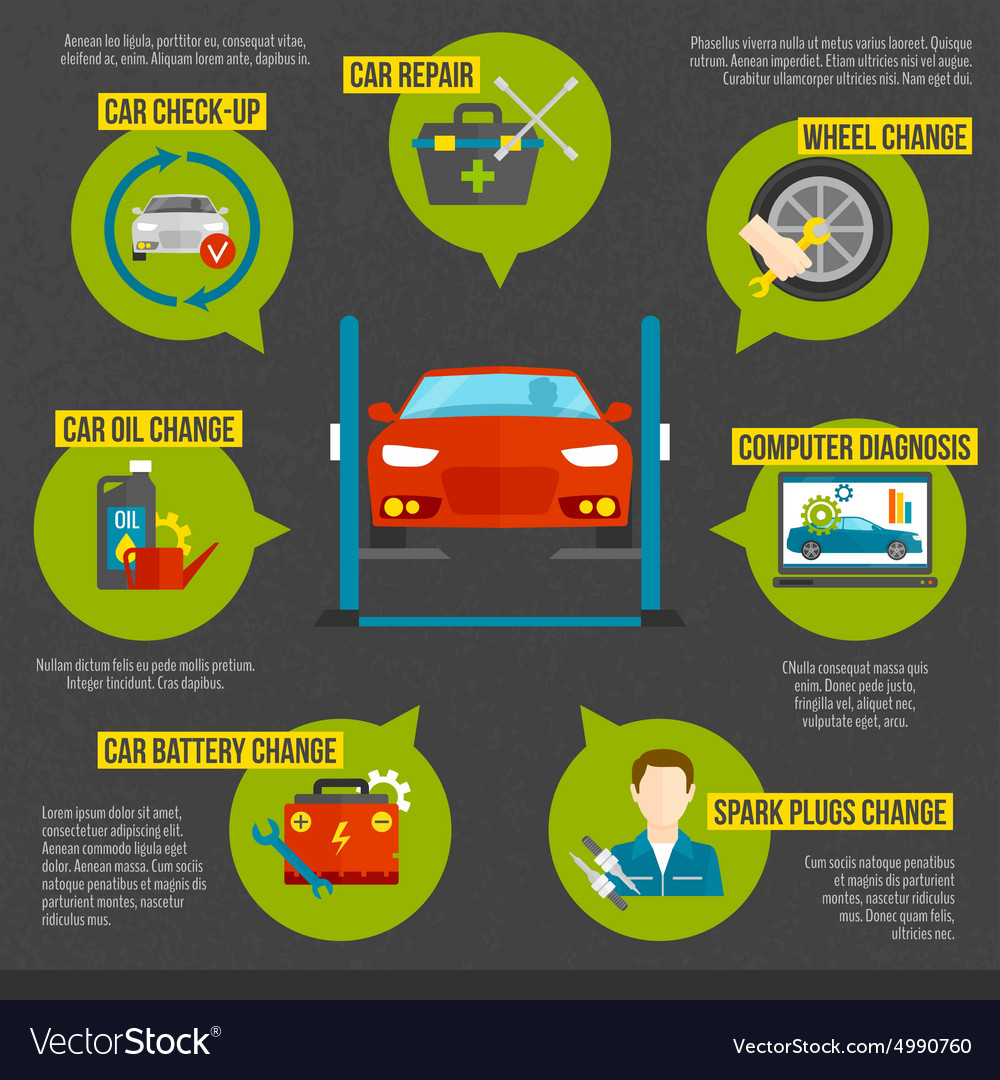Get Ready To Look Into The Basic Procedures For Maintaining Your Tires And Protecting Your Security On The Highway
Get Ready To Look Into The Basic Procedures For Maintaining Your Tires And Protecting Your Security On The Highway
Blog Article
Author-Gylling Stanley
Guaranteeing your tires are in top condition is greater than just a regular task-- it's a safety necessary for every single trip you embark on. From keeping appropriate atmospheric pressure to evaluating for damage, the health and wellness of your tires straight affects your lorry's performance and your wellness when traveling. Yet what are the key steps to require to maintain your tires in prime shape? Let's discover the critical facets of tire maintenance that you should not ignore.
Benefits of Regular Tire Upkeep
Normal tire upkeep uses a variety of benefits that can boost your driving experience and ensure your security when traveling. By keeping your tires properly blew up, you improve gas performance, conserving you cash at the pump.
Well-kept tires also provide far better grip, lowering the danger of mishaps, especially throughout inclement climate. Appropriately straightened and balanced tires result in a smoother experience, minimizing resonances and improving total lorry handling.
Routinely revolving your tires promotes even step wear, extending their lifespan and conserving you from premature substitutes. In addition, keeping the proper tire stress can avoid blowouts and flats, minimizing the possibilities of unexpected break downs on the road.
Tire Evaluation Standards
When evaluating your tires, it's essential to pay attention to various crucial facets to guarantee they remain in optimal condition for risk-free driving. Beginning by inspecting auto repair store using a pressure scale to ensure it matches the manufacturer's recommended level.
Examine the walk deepness by placing a dime upside-down right into the tread grooves; if you can see every one of Lincoln's head, it's time for new tires. Try to find any indications of irregular wear, which may indicate alignment issues or incorrect inflation.
Look for cuts, bulges, or splits on the tire sidewalls, as these can lead to blowouts. In addition, analyze the tire shutoffs for damages or leaks. Keep in mind to examine all four tires, consisting of the extra if relevant.
Correct Tire Turning Techniques
To make sure also put on and extend the lifespan of your tires, it's vital to adhere to appropriate tire turning methods. Regular tire turning helps distribute put on evenly across all 4 tires, promoting longer walk life and boosting overall efficiency. Beginning by checking your automobile's handbook for the suggested rotation pattern. Generally, front-wheel-drive, rear-wheel-drive, and all-wheel-drive automobiles have different rotation patterns to account for varying wear patterns.
For most automobiles, the advised tire turning interval is every 6,000 to 8,000 miles, yet this may vary, so it's essential to consult your manual.
When rotating your tires, switch the front tires with the back tires, moving the left back tire to the left front position and the other way around. Remember to also cross the rear tires to the opposite sides when relocating them to the front. This simple yet effective turning strategy helps make sure that all tires put on evenly, optimizing their life expectancy and maintaining ideal efficiency.
https://www.seattletimes.com/business/auto-parts-shortages-push-repair-shops-to-get-creative-place-stress-on-customers/
Make sure to prioritize regular tire maintenance to keep your automobile running smoothly and securely. By following basic evaluation guidelines and proper turning techniques, you can expand the lifespan of your tires, improve fuel efficiency, and enhance total efficiency on the road. Don't neglect the significance of caring for your tires - it's a small effort that can make a huge distinction in your driving experience.
